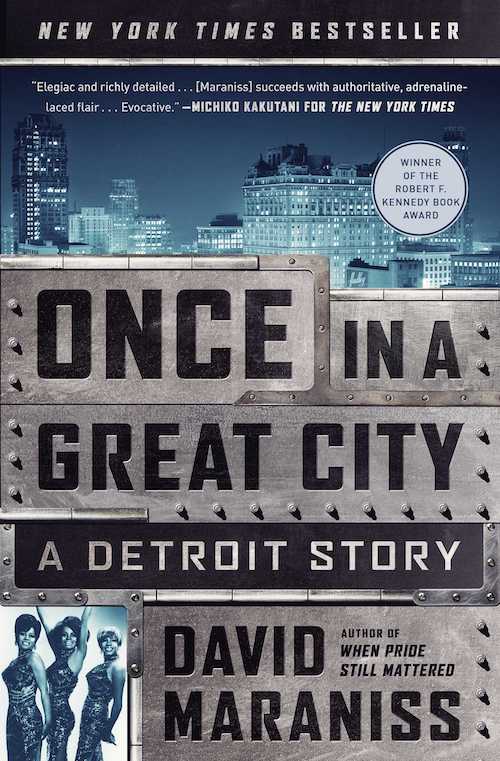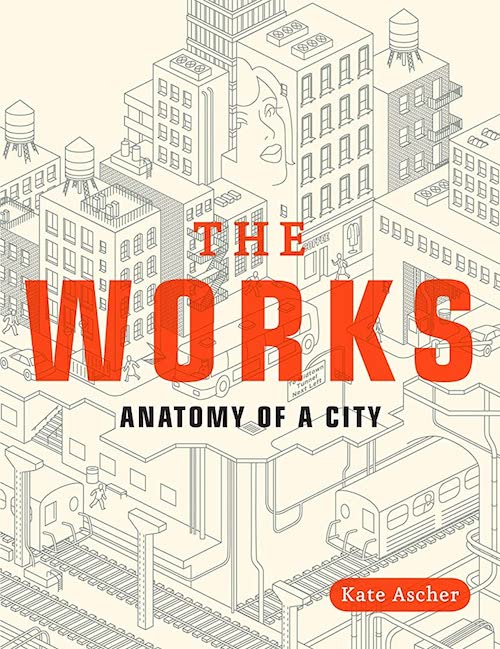
In a 1991 episode of Seinfeld, Elaine frets over the potential consequences of breaking up with an older boyfriend who’s just had a stroke. “I’ll be ostracized from the community,” she says to Jerry. “What community? There’s a community?” he asks in response. “All these years I’m living in a community; I had no idea.” Though Jerry Seinfeld himself later named this episode as his least-favorite of the series, those lines still deliver one of the most memorable social insights in a sitcom known for memorable social insights. I’m no Seinfeld scholar, but from what I’ve seen, all its best jokes flatly reference conditions we seldom if ever acknowledge, but that all of us know, on some level, to obtain. Sensing that there is not, in fact, a community, we recognize the absurdity of our continued use of the word in the absence of its referent.
Two years earlier, the sociologist Ray Oldenburg published The Great Good Place. The book would become his best-known work, due not just to its unusual success by semi-academic standards, but also to its popularization of the concept of the “third place.” The first place is the home; the second place is the office, the plant, the store, or wherever else one may earn one’s wages. The third place, in Oldenburg’s words, “is a generic designation for a great variety of public places that host the regular, voluntary, informal, and happily anticipated gatherings of individuals beyond the realms of home and work,” all of them endangered. More concrete categories appear in the subtitle: Cafés, Coffee Shops, Bookstores, Bars, Hair Salons, and Other Hangouts at the Heart of a Community. Such places, to Oldenburg’s mind, are necessary — if not sufficient — to sustain public life.
Read the whole thing at Substack.








